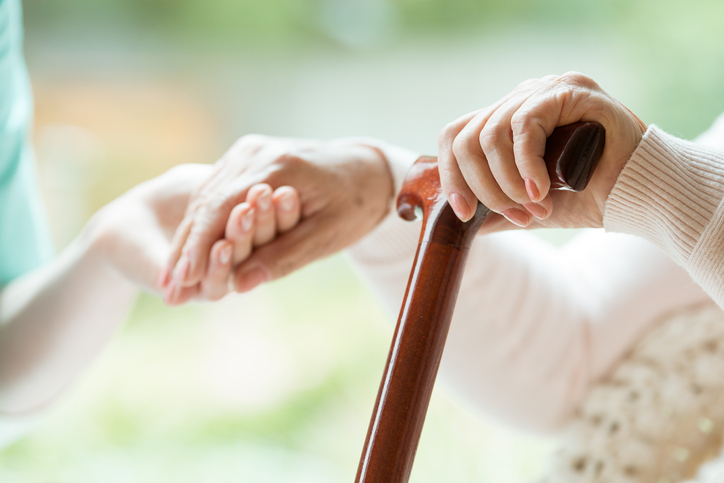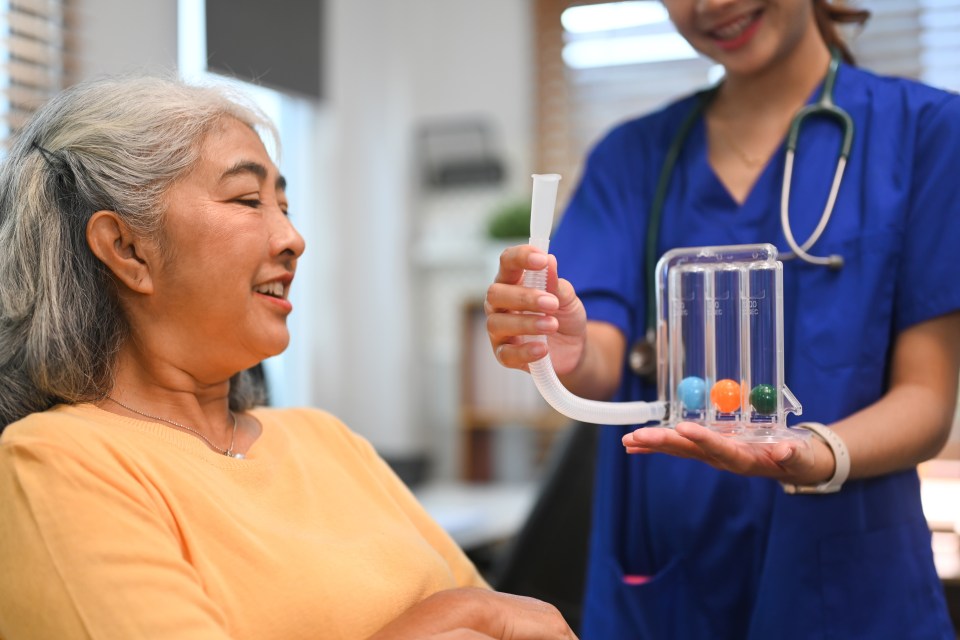Parkinson’s disease is a chronic, slowly progressing, neurological degenerative condition caused by the lack of dopamine in our bodies. There are a number of Parkinson’s symptoms as a result.
Nerve cells in a part of the brain called the substantia niagra, make and use a brain chemical called dopamine. Dopamine sends messages to other parts of the brain signaling muscles to move smoothly and do what you want them to do like put on your shoe or stand up, as well as coordinate movement and balance.
Understanding Parkinson’s symptoms
In Parkinson’s disease, the nerve cells that produce dopamine are damaged and fewer in number. When dopamine levels are low, there is trouble moving because the brain is not sending out the correct signals.
Functionally, we see this as Tremor (at rest), Rigidity (muscle stiffness), Akinesia (slowness movement) and Postural instability. These are the four most common Parkinson’s symptoms remembered by the acronym TRAP, as these people sometimes feel trapped in their own bodies.
Other common motor/movement symptoms seen are impaired balance, soft, monotonous speech that lacks emotion, reduced facial expression, shuffling while walking, small cramped handwriting, swallowing difficulties and muscle pain.
I feel trapped in my own body. It’s hard to have a regular conversation because the volume of my voice has been affected. I can’t do things because my tremor makes my hand clumsy. I want to socialize more and feel like a normal human being but I am so slow.
—a Parkinson’s patient
Parkinson’s symptoms often appear very gradually. Not all people experience all of the symptoms and the rate of progression of each symptom is unique to each person. Parkinson’s symptoms are considered progressing if it takes increased time to perform activities of daily living, such as walking, dressing or eating.
Impact on involuntary muscles
Low levels of dopamine also effect involuntary muscles in the body. Involuntary muscles are those that work automatically with muscles in the heart, lungs, blood vessels and intestines. For example, we don’t tell our heart to beat each second or our stomachs to help digest food; it just happens automatically. Low levels of dopamine can greatly impact the quality of life by interfering with the involuntary muscles in the body.
Understanding that low levels of dopamine affect both voluntary and involuntary muscles can help you understand why people with Parkinson’s disease experience what they do. Here are some examples of how lowered dopamine levels affect involuntary muscles in the body and some ways to help:
As Parkinson’s disease progresses there are many additional non-motor difficulties that may manifest themselves: choking and swallowing difficulties, unexplained pain, cognitive impairment, visual hallucinations, depression and anxiety, excessive daytime sleepiness and insomnia at night. Being aware of symptoms and limitations in people with PD, can enable one to better interact with the patient and enhance the relationship with the family.
Dizziness with standing/lightheadedness/ orthostatic hypotension
- Occurs due to slow response in the blood vessels throughout the body with change of position. For example, moving from sitting to standing
- Help by: Compression socks, increase salt intake, gradually elevate head of bed
Constipation, which may be one of the first symptoms of Parkinson’s disease
- Slow muscle movement in the GI tract
- Increasing fluids and intake of fiber and prune juice may help ease symptoms
Bladder frequency/urgency
- Slows movement in the urinary system and decreases in responsiveness of bladder to empty fully
Loss of smell and taste
- Break down of nerve cells in brain areas detecting odor
- Causes difficulty smelling dangerous odors (fire)
- Can lead to decreased appetite or wanting to increase salt and spices intake unnecessarily to get some flavor
Drooling
- Decreased mouth movements (voluntary) and swallowing (involuntary)
- Results in a build-up of saliva in the mouth
- Chewing gum or sucking on candy to give the mouth an unconscious reminder to swallow so drooling lessens may help
Since there is no cure for Parkinson’s disease at this time, the main goal of treatment is to manage the symptoms, postpone progression and minimize onset of new symptoms as long as possible. Treatment options at this time include medications, therapy, diet and exercise and surgery in a select few cases.
However, the best way to delay the progression of the symptoms is to stay active. There are many Parkinson’s disease exercise classes available in many communities including Rock Steady Boxing, Delay the Disease, PWR (Parkinson Wellness Recovery), pedaling / cycling and dancing classes. Structured classes are a great option, but doing any exercise for at least 150 minutes/week that raises your heart rate will help delay your symptoms. So get moving!
The content of this site is for informational purposes only and should not be taken as professional medical advice. Always seek the advice of your physician or other qualified healthcare provider with any questions you may have regarding any medical conditions or treatments.



